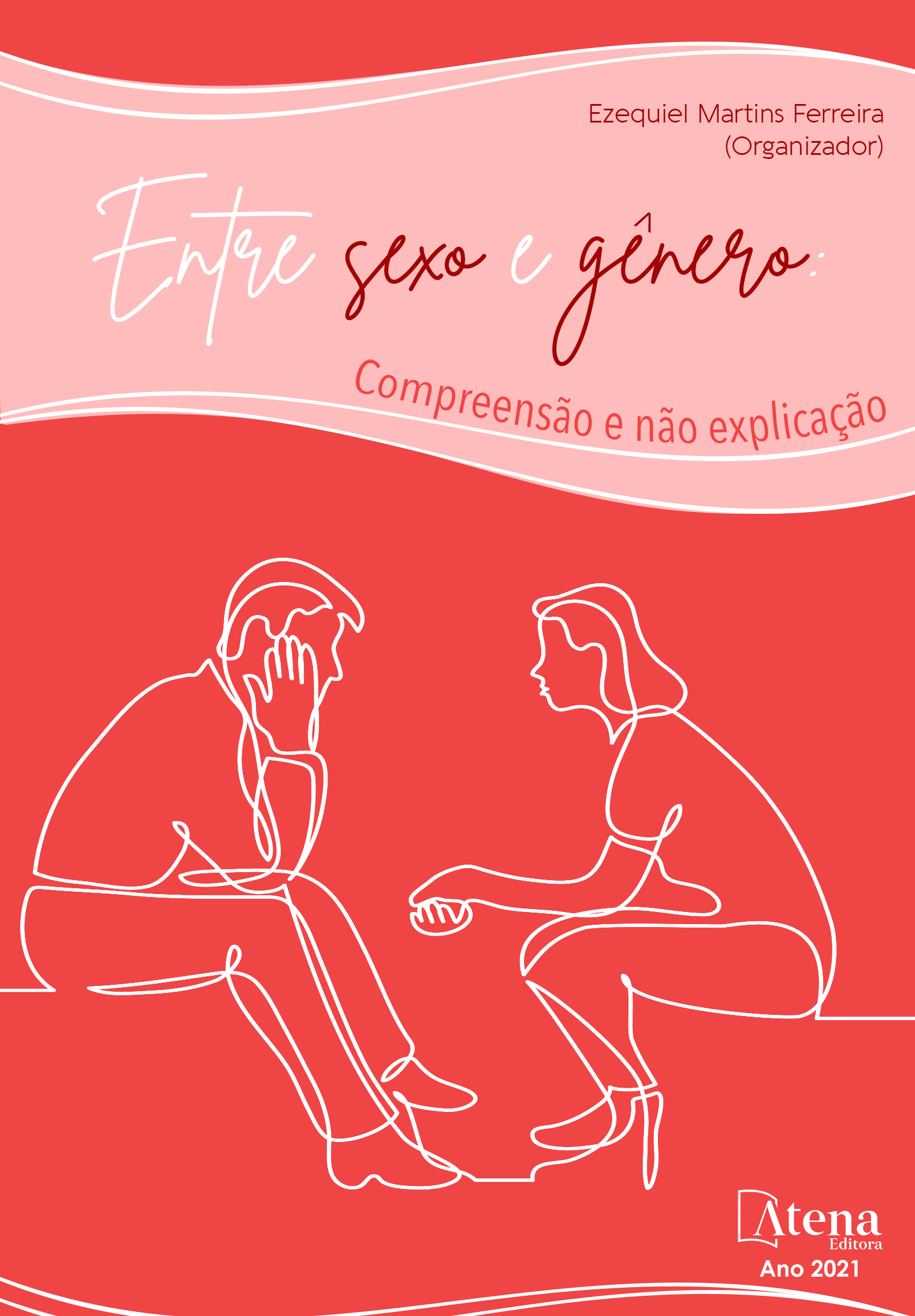
Representações sociais de gênero em estudantes do ensino superior. Estudo de caso em uma universidade pública mexicana.
En este trabajo presentamos los resultados de un estudio descriptivo efectuado con estudiantes de tres carreras en una universidad pública en el centro de México. A partir de la conceptualización teórico-conceptual de género como construcción social y cultural y de un breve panorama de la situación que guarda la relación hombres mujeres en México y en la educación superior, y tomando como base metodológica las Representaciones Sociales (RS) propuesta por Serge Moscovici, aplicamos un instrumento que nos permitió este primer acercamiento a las RS que tienen las y los estudiantes sobre las categorías femenino masculino y las posibilidades de vislumbrar fronteras que abatan la brecha de género que ha conformado la dicotomía hombres-mujeres.
Los resultados revelan que prevalecen estereotipos de género, muy arraigados tanto en estudiantes hombres como mujeres; discutimos si estos estereotipos se convierten en factores de exclusión educativa y social, agrandando la brecha de desigualdad, y si se da este escenario, qué puede hacer la educación superior para revertir sus efectos negativos.
Representações sociais de gênero em estudantes do ensino superior. Estudo de caso em uma universidade pública mexicana.
-
DOI: 10.22533/at.ed.4232106105
-
Palavras-chave: Ensino superior, Estereótipo de gênero, Representações sociais, Exclusão social e educacional.
-
Keywords: Higher education, Gender stereotype, Social Representations, Social and education exclusion.
-
Abstract:
In this paper we present the results of a descriptive study carried out with students from three majors at a public university in central Mexico. Based on the theoretical-conceptual conceptualization of gender as social and cultural construction and a brief overview of the situation of the relationship between men and women in Mexico and in higher education, and taking as a methodological basis the Social Representations (SR) proposed by Serge Moscovici, we applied an instrument that allowed us this first approach to the SR that students have on the male and female categories and the possibilities of envisioning borders that bridge the gender gap that has shaped the male-female dichotomy.
The results reveal that gender stereotypes prevail, deeply rooted in both male and female students; we discuss whether these stereotypes become factors of educational and social exclusion, widening the inequality gap, and if this scenario occurs, what higher education can do to reverse its negative effects.
-
Número de páginas: 15
- Mireya Martí Reyes
- Enoc Obed De la Sancha Villa
- Cirila Cervera Delgado


